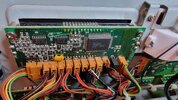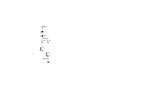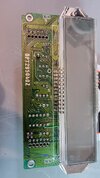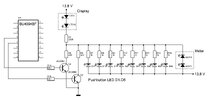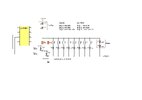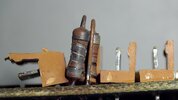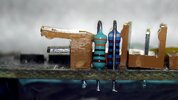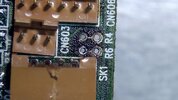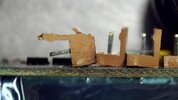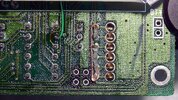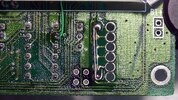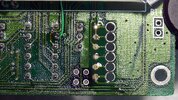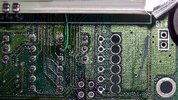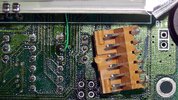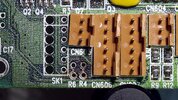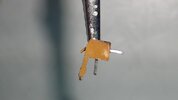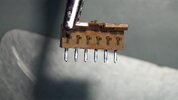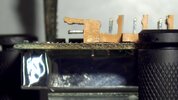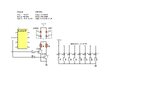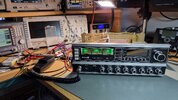Hi and first post here!
I have a CRT Hercule on my workbench that has had the display slightly modified. Someone has replaced the background illumination from the original light bulbs to leds, but it does not work as intended. I found a service manual on the web but the display schematic is not the same. By chance, does anyone have or know if there are several models of the display board?
Thanks in advance!
I have a CRT Hercule on my workbench that has had the display slightly modified. Someone has replaced the background illumination from the original light bulbs to leds, but it does not work as intended. I found a service manual on the web but the display schematic is not the same. By chance, does anyone have or know if there are several models of the display board?
Thanks in advance!


